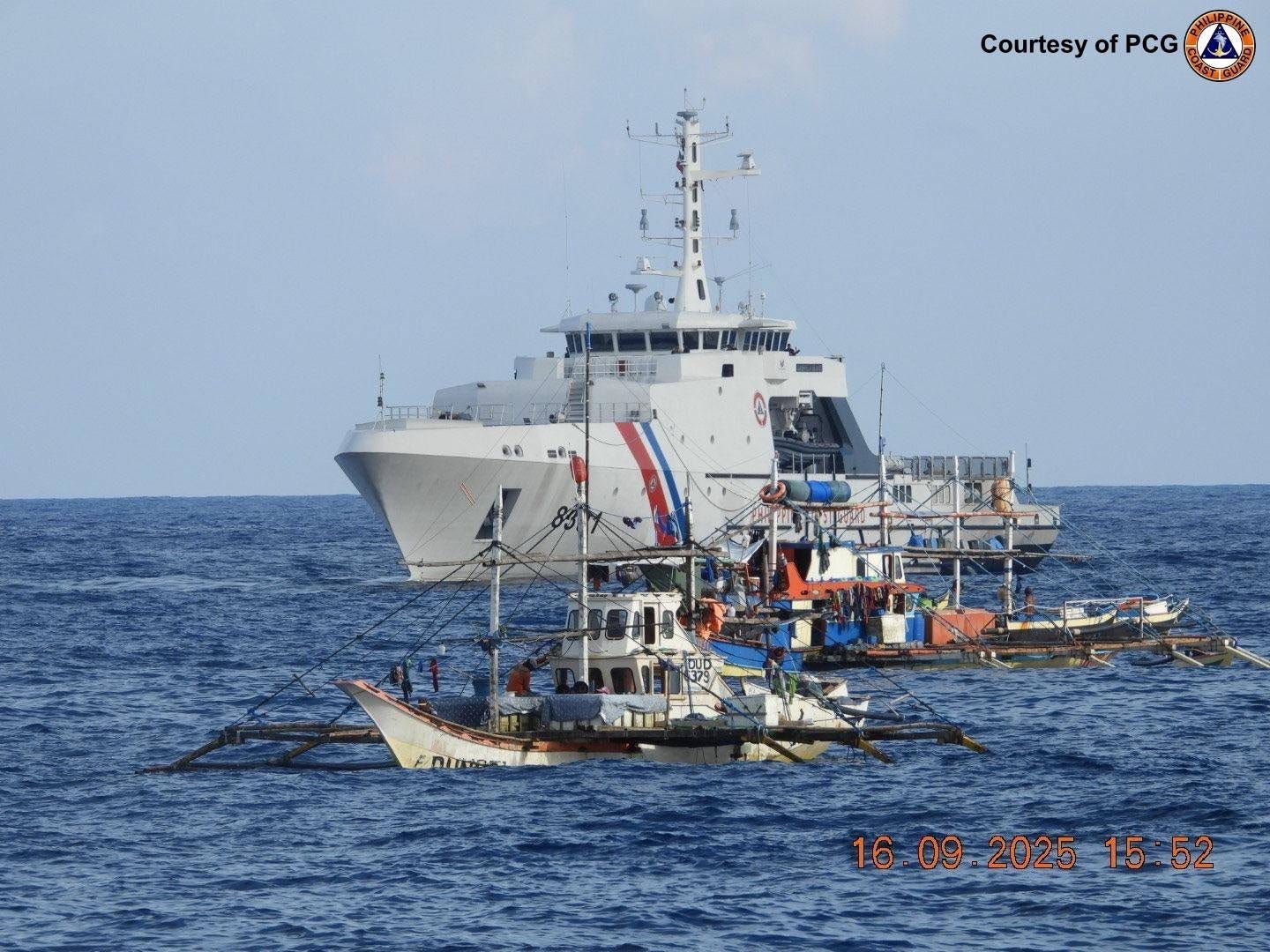This piece is freely available to read. Become a paid subscriber today and help keep Mencari News financially afloat so that we can continue to pay our writers for their insight and expertise.
China has been claiming ownership of Bajo de Masinloc, a strategic uninhabited shoal 120 to 150 nautical miles west of Zambales province on the main Philippine island of Luzon.
In fact, Beijing had submitted its claim to the United Nations last year, 12 years after it seized control of Bajo de Masinloc after a three-month standoff with the Philippines.
It jealously guarded the shoal, sending several Chinese Coast Guard and armed militia vessels around the shoal, a rich fishing ground. China’s People’s Liberation Army-Navy (PLA-N) destroyers and frigates also started to appear around Bajo de Masinloc, further raising tension.
Truth matters. Quality journalism costs.
Your subscription to Mencari (Australia) directly funds the investigative reporting our democracy needs. For less than a coffee per week, you enable our journalists to uncover stories that powerful interests would rather keep hidden. There is no corporate influence involved. No compromises. Just honest journalism when we need it most.
Since 2012, China has prevented fishermen from the Philippines and other Southeast Asian states from accessing Bajo de Masinloc, prompting Manila to file an arbitration case before the International Tribunal on the Law of the Sea (ITLOS) in The Hague.
Four years later, the arbitration court ruled in favor of the Philippines, nullifying China’s excessive nine-dash-line claim and declaring Bajo de Masinloc as a fishing ground for artisanal fishermen from all states. China ignored the ruling and continued to deny access to fishermen from other countries.
The Chinese foreign ministry had posted on its website that Bajo de Masinloc was not part of the Philippine territory based on three documents - the 1898 Treaty of Paris, the 1900 Washington Treaty, and the Philippines’ 1935 Constitution .
When the Philippines filed an arbitration case in 2013, it also used the 1898 Treaty of Paris to delineate the country’s boundaries. However, it also argued that Bajo de Masinloc lies within the country’s maritime zone, which was clearly stated under the 1982 United Nations Convention on the Law of the Sea (UNCLOS).
Thus, the Philippines has jurisdiction over the shoal, rejecting China’s claim because it has no legal basis. Based on the 1898 Treaty of Paris between the United States and Spain, Madrid ceded its colony in Southeast Asia for $100,000, drawing a map that did not include Bajo de Masinloc and the Spratly group of islands.
China has been using the treaty to show that the Philippines does not have sovereignty over Bajo de Masinloc. However, the 1898 Treaty of Paris was amended in 1900 by another treaty signed between the US and Spain, which spell out the territory covered by the Philippines.
The amendment had sought to remove grounds of misunderstanding growing out of the interpretation of Article III of the original treaty of 1898 by clarifying specifics of territories relinquished to the United States by Spain.
The 1900 Treaty of Washington had explicitly provided: “Spain relinquishes to the United States all title and claim of title, which she may have had at the time of the conclusion of the Treaty of Peace of Paris, to any islands belonging to the Philippine Archipelago, lying outside the lines described in Article III of that Treaty and particularly to the islands of Cagayan [Mapun], Sulu and Sibutu and their dependencies, and agrees that all such islands shall be comprehended in the cession of the Archipelago as fully as if they had been expressly included within those lines.
China may have overlooked the phrase “lying outside the lines described in Article III of that treaty” which could mean that Spain was also relinquishing Bajo de Mssinloc and the Spratly group of islands to the United States.
When Beijing recognized the 1900 Treaty of Washhington as a basis for its recognition of the Philippine territory, it could then recognized that Bajo de Masinlc was part of the Philippines.
Even if Bajo de Masinloc was not included in the 1898 Treaty of Paris, old colonial maps made by Spain clearly showed Bajo de Masinloc to be part of the territory of Islas de la Filipinas.
An 18th-century cartographic map and two other maps in the 19th century clearly showed Bajo de Masinloc to be part of the Philippines territory. Based on the historical and documentary evidence, Bajo de Masinloc has been part of the Philippine territory.
Spain ceded the territory to the United States when Madrid lost to Washington in the Spanish-American War at the turn of the 20th century. The 1900 Treaty of Washington, which amended the 1898 Treaty of Paris, was a proof that Bajo de Masinloc was part of the Philippines. China did not realize that it supported the Philippines’ position on Bajo de Masinloc. It committed a grievous mistake.
Former Supreme Court senior associate justice Antonio Carpio pointed this out at recent Stratbase forum in Makati as he proposed to file another arbitration case to demand compensation for Filipino fishermen who lost livelihood when denied access to Bajo de Masinloc.
The Philippines, through the Department of Foreign Affairs, should highlight the provisons of the 1900 Washington Treaty to reject China’s claim on Bajo de Masinloc. The treaty could cement Manila’s position on Bajo de Masinloc. Meanwhile, Beijing’s claim on Bajo de Masoinloc further crumbles.
The opinions expressed are those of the author and do not necessarily represent the views of this publication.
Got a News Tip?
Contact our editor via Proton Mail encrypted, X Direct Message, LinkedIn, or email. You can securely message him on Signal by using his username, Miko Santos.
Sustaining Mencari Requires Your Support
Independent journalism costs money. Help us continue delivering in-depth investigations and unfiltered commentary on the world's real stories. Your financial contribution enables thorough investigative work and thoughtful analysis, all supported by a dedicated community committed to accuracy and transparency.
Subscribe today to unlock our full archive of investigative reporting and fearless analysis. Subscribing to independent media outlets represents more than just information consumption—it embodies a commitment to factual reporting.
Not ready to be paid subscribe, but appreciate the newsletter ? Grab us a beer or snag the exclusive ad spot at the top of next week's newsletter.







